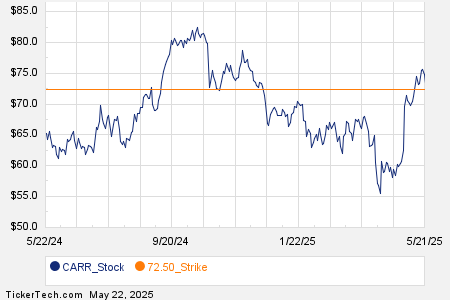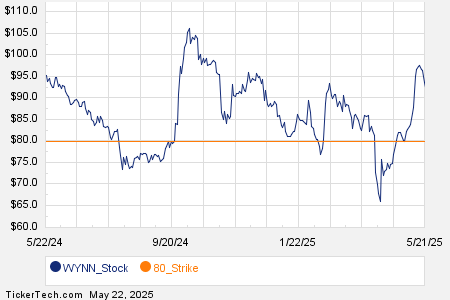Dollar Index Rises Amid Economic Data Yet Faces Budget Concerns
The dollar index (DXY00) climbed by +0.37% on Thursday, reflecting signs of economic strength. Weekly jobless claims fell to a one-month low, and the May S&P manufacturing PMI showed an unexpected uptick, both viewed as hawkish indicators for Federal Reserve policy.
Despite these positive indicators, the dollar’s gains were restrained by the House’s passage of President Trump’s tax and spending plan, which is expected to exacerbate the rising U.S. budget deficit. The bill will now move to the Senate for consideration.
Additionally, sentiment for the dollar remains impacted by last Friday’s downgrade from Moody’s Ratings, which lowered the U.S. government’s credit rating from Aaa to Aa1. This change was attributed to concerns over a ballooning budget deficit. The downgrade has raised questions about the dollar’s status as a global reserve currency, potentially leading some investors to reconsider their dollar-denominated assets.
Fed Governor Waller’s dovish remarks on Thursday added to the negative sentiment, suggesting that interest rate cuts could occur in the second half of the year if tariffs stabilize around 10%.
U.S. Employment and Manufacturing Data
Initial unemployment claims unexpectedly dipped by 2,000 to a one-month low of 227,000, defying expectations for an increase to 230,000. This signals a stronger labor market than previously anticipated.
In manufacturing, the U.S. May S&P PMI rose by +1.9 to 52.3, surpassing expectations of a decline to 49.9.
Existing Home Sales Decline
Conversely, U.S. April existing home sales fell by -0.5% month-over-month to a seven-month low of 4.00 million, which was weaker than the anticipated increase to 4.10 million. Fed Governor Waller’s commentary suggests a cautious outlook as the Fed may consider rate cuts depending on tariff developments.
Euro and Yen Performance
The EUR/USD (^EURUSD) declined by -0.42% on Thursday, primarily due to the dollar’s strength. The euro was further impacted by dovish signals from the European Central Bank (ECB) during their April meeting, where further monetary easing was suggested. The Bundesbank’s report, indicating potential stagnation in German output, also added to bearish sentiment toward the euro.
Despite these challenges, the Eurozone’s May S&P manufacturing PMI rose to a 2¾-year high of 49.4, exceeding expectations of 49.2. However, the composite PMI unexpectedly fell to a six-month low of 49.5, weaker than anticipated.
The German May IFO business climate index increased by +0.6 to an 11-month high of 87.5, surpassing expectations of 87.3. The ECB’s dovish meeting summary underlined concerns regarding the economic ramifications of U.S. tariffs.
Japanese Yen Fluctuations
The USD/JPY (^USDJPY) rose by +0.29% on Thursday. The yen initially gained ground on positive economic data but later retreated following comments from U.S. Treasury Secretary Bessent and Japanese Finance Minister Kato, who stated that currency levels were not discussed during their meeting. This suggests a lack of U.S. concern over the yen’s value.
Positive Japanese economic data, including a surprising surge in March core machine orders—up +13.0% month-over-month—boosted the yen. Additionally, the yen received support from rising Japanese government bond yields, as the 10-year JGB yield hit a 1¾-month high.
Precious Metals Market Trends
June gold (GCM25) settled down -18.50 (-0.56%) on Thursday, while July silver (SIN25) fell by -0.427 (-1.27%). Precious metals initially advanced but ultimately declined as stronger dollar conditions and a rebound in stocks curtailed safe-haven demand.
The potential for rising U.S. deficits had initially supported precious metals as a value store following the House’s tax and spending bill passage. Additionally, Fed Governor Waller’s dovish comments offered a temporary boost to precious metals, amid ongoing geopolitical tensions.
On the date of publication, Rich Asplund did not have (either directly or indirectly) positions in any of the securities mentioned in this article. All information and data in this article are solely for informational purposes. For more information, please view the Barchart Disclosure Policy.
More news from Barchart
The views and opinions expressed herein are those of the author and do not necessarily reflect those of Nasdaq, Inc.


